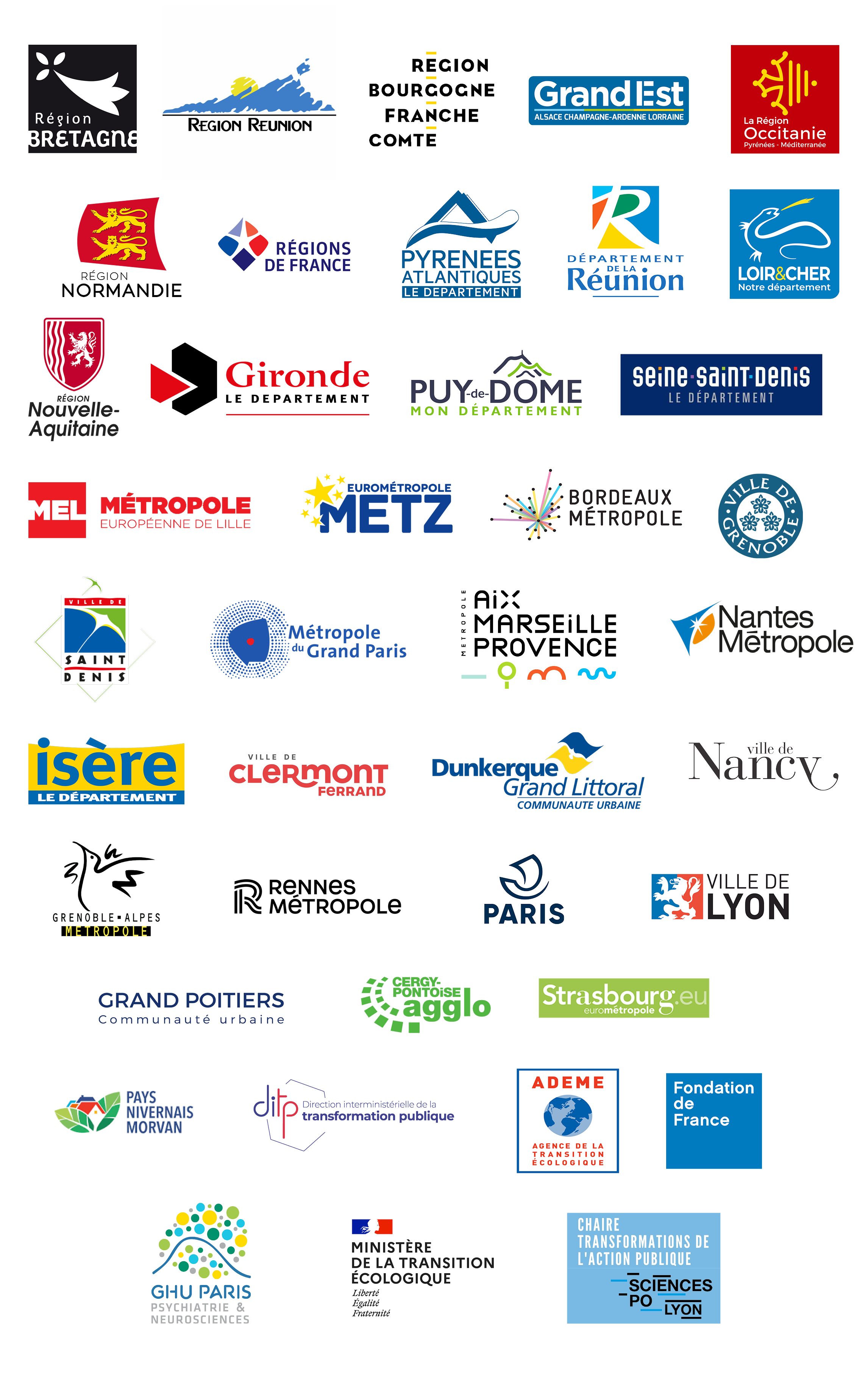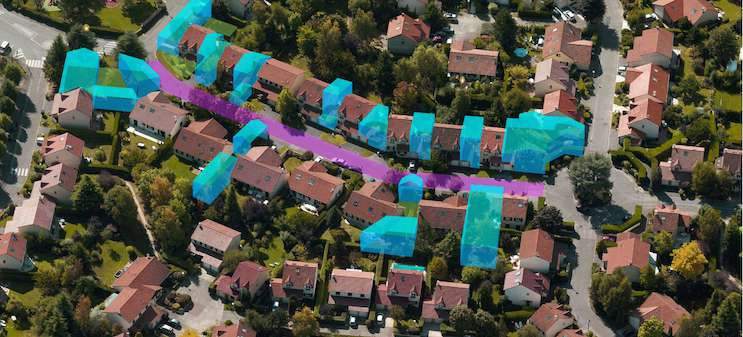Team :
Build In My Back Yard (BIMBY) is a project supported by the French National Research Agency, headed by David Miet (CETE Paris Region) and Benoit Le Foll (CETE of Normandy and Center Regions).
Institutions: Saint-Quentin-en-Yvelines and CREA (Rouen- Elbeuf- Austreberthe), the Eure Department Consulting Agency in Architecture, the R.I.V.E.S. Laboratory, the National School of State Public Works and the LATTS Laboratory, ENPC, the Graduate Schools of Architecture of Rouen, Marseille and Paris Belleville, the Regional Natural Park of the Upper Chevreuse Valley, the towns of Tremblay-sur-Mauldre and Essarts-le-Roi, ADEME Région Centre, the Urban Planning and Development Agency of Tours, and the Loiret Department Consulting Agency in Architecture.
Challenge: Single-family homes to gain ground while curbing urban sprawl
It would appear that the urban sprawl phenomenon has come up short on both the city planning and political fronts. Suburban area development has often been considered the root of all evil, conjuring up increased grid and energy spending, considerable, commute-driven pollution, and damage to biodiversity and farmland. Unable to resist the phenomenon pandemic any longer, France seems to have joined the movement: Out of 34 million housing properties, over half (19 million) are single-family residences, and 160,000 pop up each year. What will it take to change how we view this growing trend that has taken root over the past few decades, and put a positive spin back on this type of construction, which continues to rank among those preferred in over 80% of French households? Such is the goal set forth by research-action program Build In My Back Yard (BIMBY).
Process: Turning the terms of urban fabric inside out
The first round of interviews with small, single-family homeowners revealed that housing and land options, given their significant size, energy- hungry nature and inappropriateness, were seldom suited to the needs of their occupants, or became so over time, due to divorce, lifestyle changes or old age. In times of crisis, selling a portion of one’s land could very well be the only chance for cash flow, and building a new dwelling on one’s land highly advantageous at a time when the housing shortage in areas just outside of major French cities is wreaking havoc. In response, BIMBY proposes an alternative urban model, aimed at replacing major, city-size operations with a mix of collectively-run, individual-driven initiatives on a town-size scale. As a result, the positive spin sought emerges from a combination of dialogue and grassroots cooperation among homeowners, architects and local officials, custom-design building, a local level, case- by-case approach, and efforts to cut out the middleman in view of fostering more direct consumer-producer relationships in the building and construction sector.
Outcome: The rise of a building and construction sector in “shortcut” mode
According to interviews, six out of ten households conceive building at least one additional property on their plot of land in the near future, which goes above and beyond the housing needs in the majority of the department’s cities, and this without breeding any other kind of urban sprawl effect. The BIMBY approach is proof that it is possible to take urban development to a new level, to entrust homeowners with the keys, who, through plot-splitting and-sharing, have at their fingertips the means needed to change the landscape of the existing housing infrastructure. By the end of the research- action initiative, several authorities and organizations joined the cause, and are now helping raise awareness of the BIMBY model, whose relevance is reaching out to myriad types of public policy, including: housing deficit reduction and the fight against urban sprawl, financing of the dependent elderly, thermal retrofitting, affordable housing policy, etc.



